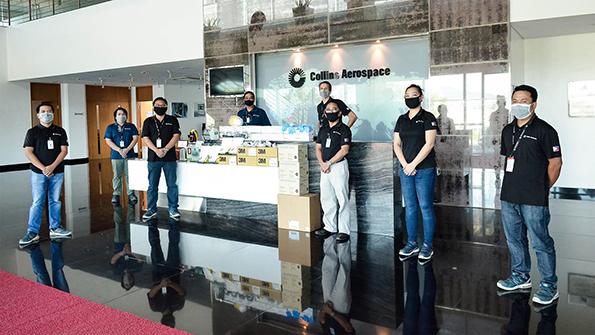Opinion: A&D Workforce Evolves And Launches Into Future

As the COVID-19 pandemic swept across the globe, aerospace and defense (A&D) companies were pushed into a period of workforce adaptation and transition. Rapid, strategic and tactical responses to workforce needs enabled A&D companies to both respond to the current environment and evolve for an uncertain future.
Now, as they cross the threshold of unprecedented transformation, organizations are focused on two key questions: What will be the new norms related to work styles (on-site, hybrid, on-demand, remote) in the post-COVID world? And what will the evolved A&D workplace look like?
In the early days of the global pandemic, employee safety and business continuity were the top priorities driving workforce strategy. Now, five months later, organizations are thinking ahead—and so are their employees. PwC’s U.S. Remote Work Survey suggests something transformative: 55% of employees will likely work remotely in some capacity after the pandemic subsides, compared to 39% who did so before the pandemic took hold. With that opportunity for flexibility, employees are seeking clear guidance, programs, technology and policies to maintain work-life balance and productivity.
Such profound change requires thoughtful consideration on a myriad of fronts—from preserving organizational culture and preparing leaders to lead in new, inspiring ways to emphasizing performance outcomes. Technology and employee connectivity will remain at the forefront, advancing workforce productivity while equipping leaders with real-time, data-driven insights and tools to interpret results.
The A&D industry faces even greater challenges in employee connectivity and productivity due to the nature of its mission-critical businesses. Our discussions with human resources leaders across the industry have indicated that, on average, about half of the employee base is continuing to deliver on-site mission-critical needs—in physical offices, manufacturing plants or Sensitive Compartmented Information Facilities. Given that a majority of the support staff members (e.g., finance, human resources) are working remotely, this can create gaps that should be filled.
Our discussions with business leaders across the A&D industry also revealed varying experiences with remote productivity and engagement. In our U.S. Remote Work Survey, 71% of employees reported equal or greater individual productivity since March 2020; however, 31% of their employers report a lower mix of productivity. The gains provided by flexibility and reduced commutes competed with the challenges faced by virtual employees—being a primary caretaker at home, managing distanced learning for children, having multiple remote workers in the household and/or lacking access to needed technologies and workspaces.

Defining New Ways of Working
A&D organizations must clearly define what new ways of working look like and identify the policies, virtual readiness of business processes, systems and behaviors that require reexamination.
For instance, how do leaders ensure that an employee’s experience in areas such as recruiting, onboarding, training and performance management will be seamless and positive, regardless of whether the employee is on-site or remote?
Learning curricula must be reimagined so they accommodate a hybrid world and address the importance of digital know-how. A deliberate and refreshed technology strategy needs to protect data while allowing employees to collaborate and connect effectively. Providing employees with a host of varying connectivity tools isn’t always the answer and could result in disparate use, fatigue and disengagement. Finally, the role of leaders in intentionally reinforcing shared mission, values and core purpose takes on all new importance.
How can employers drive innovation in this new workplace? They can start by rethinking workspaces, making them more collaborative and tailored for a more fluid workforce presence. They also can help employees work smarter—not harder—while amplifying the industry’s core values.
The nature of the A&D industry dictates a need for balance between remote and on-site work, so it would be wise to make the industry as attractive to high-tech talent as other industries that are seeking such candidates. The pandemic has accelerated a process that has been afoot for years: extending a reach into more diverse talent pools to attract and recruit next-generation employees who can continue to stoke innovation.
A&D companies that want not just to survive but to thrive in the post-COVID world must start preparing their workforces and workspaces now.
John Reing is a partner at PwC specializing in people and organization strategy as well as Workforce of the Future.
Miguel Smart is also a partner at PwC, focused on U.S. aerospace and defense operations strategy.
The views expressed are not necessarily shared by Aviation Week.




